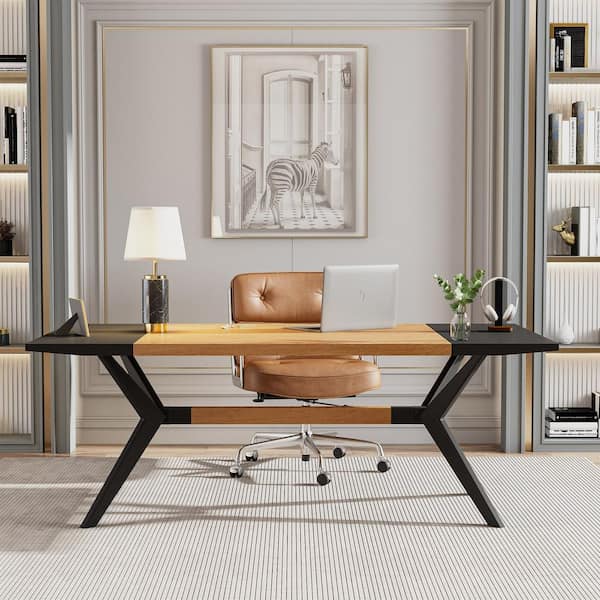An In-depth Take A Look At Table Leg Styles: Locating the Perfect Suit
Selecting the right eating table leg design is essential for both aesthetic allure and functional performance. Conventional four legs supply ageless beauty and stability, while the stand base offers increased legroom and a modern-day appearance. For those with larger tables, trestle legs make certain strong support, whereas barrette legs introduce a mid-century modern ambiance with their minimalist layout. The x-shaped legs blend modern style with enhanced security. Each of these options brings one-of-a-kind benefits, making the selection greater than just an issue of preference. Discover even more to uncover which style flawlessly matches your eating area and way of living.
Traditional Four Legs
Among the various kinds of dining table leg styles, the conventional four-leg design remains a timeless choice for several houses. 4 legs supply well balanced support, guaranteeing the table remains stable and qualified of birthing considerable weight (dining room table legs).
From an aesthetic perspective, the traditional four-leg layout can be conveniently adapted to various indoor designs. Whether crafted from wood, metal, or a mix of products, these legs can be intricately carved, streamlined and minimalistic, or anything in between. Their adaptability enables them to complement both rustic and modern settings perfectly.
Moreover, the uncomplicated structure of the four-leg design promotes simplicity of movement and positioning within a space. Unlike more facility bases, this style decreases blockages, offering enough legroom for diners. In summary, the standard four-leg table leg design marries sustaining sophistication with useful capability, making it an astute selection for those seeking both kind and function in their eating furniture.
Stand Base
Typically commemorated for its elegant and space-efficient style, the stand base is a recognized alternative to the conventional four-leg arrangement in table leg styles. This unique base generally includes a single central column sustaining the tabletop, which can vary in kind, from ornately carved timber to streamlined, contemporary steel. Among the primary benefits of the stand base is its ability to maximize legroom and seating versatility. Without edge legs, diners are paid for higher liberty of movement, making it a suitable choice for round and oval tables that promote even more intimate and inclusive events.
Furthermore, the pedestal base's central support can manage considerable weight, enabling making use of larger table tops, such as marble or thick wood. This toughness paired with its visual versatility makes the pedestal base a popular choice in both traditional and contemporary interior setups. It can flawlessly incorporate with numerous layout motifs, from timeless sophistication to minimal modernity. Moreover, the main column itself provides a canvas for elaborate styles and artistic expressions, adding a component of aesthetic rate of interest underneath the table. In recap, the pedestal base combines capability snappy, making it a fine-tuned and useful alternative for varied eating environments.
Trestle Legs
Trestle legs give a robust and classic structure for dining tables, defined by their horizontal cross-bracing and tough support light beams. Originating from middle ages times, this style has actually progressed yet retained its crucial framework, making it a seasonal favorite in both standard and modern settings. The central trestle light beam, commonly supported by 2 or even more vertical blog posts, provides phenomenal stability, permitting larger table sizes without the demand for browse around here extra legs.
A substantial advantage of trestle leg tables is the adequate legroom they supply. Unlike tables with four edge legs, the lack of obstructions at the table's edges gives unimpeded area for chairs and restaurants, enhancing comfort and access. This makes trestle tables perfect for suiting bigger gatherings, whether in a dining-room or a reception hall.
The aesthetic adaptability of trestle legs is significant. Available in a range of products such as timber, steel, and composite, they can be finished to complement a variety of indoor designs. From rustic farmhouse to sleek modern styles, trestle legs can be personalized to match specific preferences. Their enduring appeal and functional benefits make trestle legs a compelling option for those looking for both design and usefulness in their table.
Hairpin Legs

The appeal of hairpin legs hinges on their simplicity and adaptability - dining room wikipedia reference table legs. Readily available in a series of materials, consisting of steel and brass, they can be ended up in various shades to enhance different interior designs. Whether coupled with a rustic wooden tabletop or a modern glass surface area, hairpin legs effortlessly blend capability with a touch of classic charm
Toughness is an additional notable function of barrette legs. Regardless of their fragile appearance, these legs are engineered to bear considerable weight, making sure the table remains stable and protected. Furthermore, they are reasonably very easy to mount, making them a popular choice for DIY additional resources lovers and expert furniture makers alike.
X-Shaped Legs

Constructed from products such as steel, timber, or a combination of both, X-shaped legs can be customized to match different design choices. Steel legs frequently lend a smooth and industrial feeling, suitable for loft-style homes and contemporary eating spaces. On the other hand, wood X-shaped legs offer a warmer, a lot more rustic allure, suitable for farmhouse or diverse insides. The versatility in products permits homeowners to personalize their table to better fit their overall style system.
Additionally, the design behind X-shaped legs guarantees also weight distribution, reducing the danger of tottering and improving longevity. This makes them particularly well-suited for larger dining tables that call for added assistance. In significance, X-shaped legs mix practical engineering with modern visual appeals, making them an ageless option for diverse dining environments.
Conclusion
An extensive understanding of eating table leg designs reveals the distinctive features and benefits of each design. Trestle legs make certain robust support for bigger tables, and hairpin legs present a mid-century contemporary aesthetic.